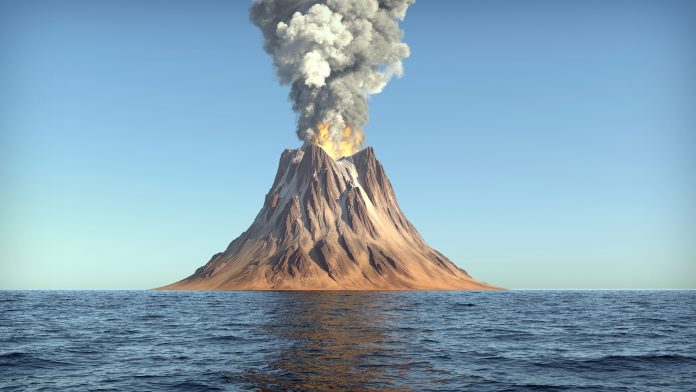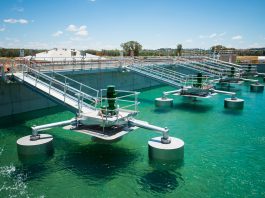Researchers at the University of Oxford’s Department of Physics and RAL Space have used satellite imagery to confirm that the eruption of the Hunga Tonga-Hunga Ha’apai volcano produced the highest-ever volcanic plume.
The colossal eruption, which occurred in January 2022, is also the first to have been directly observed that directly broke through to the mesosphere layer of the atmosphere.
The results of the study, titled ‘The January 2022 eruption of Hunga Tonga-Hunga Ha’apai volcano reached the mesosphere,’ were published in the journal Science.
Measuring the impact of volcanic eruptions
The Tonga volcano, a submarine volcano in the Tongan archipelago in the southern Pacific Ocean, violently erupted. The devastating eruption was one of the most powerful to ever be observed, triggering huge tsunamis and leaving thousands homeless.
As a result of this natural disaster, a towering column of ash and water was ejected into the atmosphere. Until now, scientists lacked an accurate method to measure exactly how tall this was.
Usually, the height of a volcanic plume can be estimated by measuring the temperature recorded at the top by infrared-based satellites. These measurements can then be compared to a reference vertical temperature profile. This is because in the troposphere (the first and lowest layer of the Earth’s atmosphere), temperature decreases with height.
However, if the eruption is so large that the volcanic plume penetrates into the next layer of the atmosphere (the stratosphere), this method becomes ambiguous, because the temperature increases again with height. This is caused by the ozone layer absorbing solar ultraviolet radiation.
To overcome these problems, the researchers used a novel method, based on a phenomenon known as ‘the parallax effect’. This is the apparent difference in an object’s position when viewed from multiple lines of sight.
This can be seen from a human perspective by closing one eye, then holding out one hand with the thumb raised upwards. If you then switch eyes, it appears as if the position of the thumb has changed slightly.
The location of the Tonga volcano is covered by three geostationary satellites, so the researchers were able to apply the parallax effect to the aerial images captured by them. During the eruption itself, the satellites recorded images every ten minutes, which meant rapid changes in the volcanic plume’s trajectory could be documented.
What can the results tell us about the plume?
The results highlighted that the volcanic plume reached an altitude of 57 kilometres at its highest extent. This is significantly higher than the previous record holders, which were: the 1991 eruption of Mount Pinatubo in the Philippines (40km at its highest point), and the 1982 eruption of El Chichón in Mexico (31km).
These findings make this plume the first observational evidence of a volcanic eruption injecting material through the stratosphere and directly into the mesosphere, which starts at around 50km above the Earth’s surface.
Dr Simon Proud from the University of Oxford, said: “It’s an extraordinary result, as we have never seen a cloud of any type this tall before. Furthermore, the ability to estimate the height in the way we did (using the parallax method), is only possible now that we have good satellite coverage. It wouldn’t have been possible a decade or so ago.”
The Oxford researchers now intend to construct an automated system to compute the heights of volcanic plumes using the parallax method. Dr Andrew Prata from the Department of Atmospheric, Oceanic & Planetary Physics, explained: “We’d also like to apply this technique to other eruptions and develop a dataset of plume heights that can be used by volcanologists and atmospheric scientists to model the dispersion of volcanic ash in the atmosphere.
“Further science questions that we would like to understand are: Why did the Tonga plume go so high? What will be the climate impacts of this eruption? And what exactly was the plume composed of?”
Besides the University of Oxford, the study also involved the Rutherford Appleton Laboratory and National Centre for Earth Observation in Harwell, and the Munich University of Applied Sciences.





